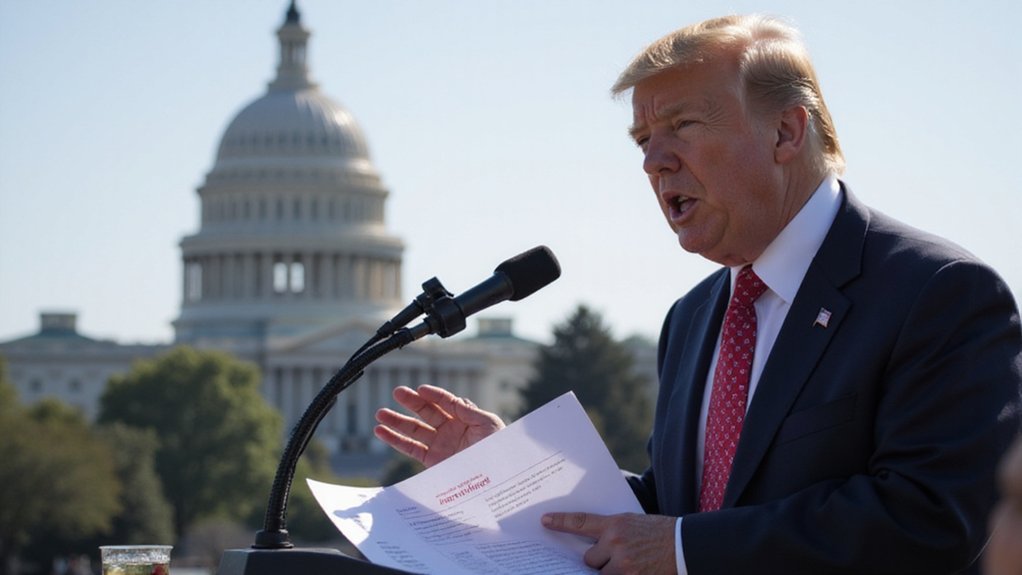The stablecoin revolution has arrived at banking’s doorstep with remarkable velocity, transforming from a crypto curiosity into a mainstream financial instrument that nearly half of all financial institutions now deploy for payments.
What began as an experiment in digital asset stability has evolved into a $246 billion market—up from a mere $20 billion in 2020—with Tether’s USDT alone commanding approximately $150 billion in market capitalization.
Banks aren’t embracing stablecoins out of crypto-native enthusiasm but rather cold business pragmatism. Revenue generation and market expansion drive adoption, not technological romanticism. The compelling mathematics are straightforward: 48% of institutions cite faster settlements as the primary benefit, while 33% appreciate improved liquidity management through integrated payment flows.
When traditional banking hours constrain operations but markets demand 24/7 accessibility, stablecoins provide an elegant solution.
Corporate treasury operations, merchant settlements, and B2B cross-border flows represent the primary deployment areas. Banks particularly value stablecoins in regions with limited banking infrastructure, where cross-border supplier payments face traditional friction.
The operational agility gained through shortened transaction-to-settlement times releases previously trapped capital—a consideration that resonates more loudly than the modest 30% who cite lower transaction costs. Additionally, 36% of financial institutions highlight greater transparency as a key advantage of stablecoin adoption, providing enhanced visibility into transaction flows and settlement processes.
Regulatory clarity looms as the decisive catalyst for explosive growth. The proposed GENIUS Act would establish federal oversight for stablecoins exceeding $10 billion market cap, while the House STABLE Act favors state-level regulation. Stablecoin transfer volumes have reached unprecedented heights, with $27.6 trillion processed in 2024 alone, surpassing traditional payment giants Visa and Mastercard.
Industry observers anticipate regulatory progress could trigger nearly tenfold growth in U.S. stablecoin supply, with increased probability of Payment Stablecoins legislation in 2025 encouraging institutional confidence. This growth trajectory aligns with broader trends showing institutional adoption driving significant expansion across the entire cryptocurrency market.
Financial institutions now invest heavily in secure, scalable infrastructure capable of handling programmable payments. The strategic imperative extends beyond efficiency gains—competitive positioning drives urgency, as delayed adoption risks eroding margins and client relationships.
Banks recognize that over two-thirds of cryptocurrency trading volume flows through stablecoins, making integration less optional than inevitable.
The irony proves delicious: traditional banking institutions, historically skeptical of cryptocurrency innovation, now champion digital assets pegged to the very fiat currencies they’ve always trusted.
Stablecoins effectively strengthen dollar dominance while simultaneously revolutionizing payment infrastructure—a outcome that satisfies both regulatory conservatives and technological progressives.









